In a pioneering study, researchers have developed a poly (L-lactic acid) (PLLA) nanofibrous membrane enhanced with curcumin and silver nanoparticles (AgNPs), aimed at improving the healing of diabetic wounds.
Tag: Infection
Study Results: Subsequent Chemotherapy May Increase Risk of Joint Infection for Patients with Joint Replacements
Researchers at Sinai Hospital of Baltimore have found a possible relationship between receiving chemotherapy within a year of total joint replacement surgery and increased incidence of infection in the replaced joint. Findings published this month in the Archives of Orthopaedic and Trauma Surgery.

Common HIV treatments may aid Alzheimer’s disease patients
Scientists at Sanford Burnham Prebys have now identified promising real-world links between common HIV drugs and a reduced incidence of Alzheimer’s disease. The study, led by Jerold Chun, M.D., Ph.D., was published in Pharmaceuticals.
Developing Research into Mpox Infections
The Martinot Lab at Cummings School of Veterinary Medicine at Tufts University, where faculty and students have been researching the mpox virus in endometrial tissues to raise awareness of the potential increased risk of mpox virus for women.
Chula Researcher’s Innovative Wireless Hepatitis B Test Kit for Complete Screening and Data Collection in One Step
Chula researchers have developed a remarkable wireless hepatitis B virus test kit to screen for infection and collect data for an online database that’s fast and complete in one step.

Large Multicenter Clinical Trial Finds that Antiseptic Containing Iodine Reduces Surgical-Site Infections in Patients with Extremity Fractures
A large multicenter clinical trial co-led by University of Maryland School of Medicine researchers found that an antiseptic containing iodine resulted in about one-quarter fewer post-surgical infections in patients with limb fractures compared to another frequently used skin antiseptic.
Good bacteria for bad wounds
Empa researchers are developing a dressing containing probiotic lactobacilli. These are intended to heal chronically infected wounds by destroying persistent biofilms, the scientists report in a study published in the scientific journal Microbes and Infection.
Rutgers Awarded NIH Grant to Study How Previous Infections Affect Immune Response to Lung Disease
Researchers will examine how the body’s adaptations to viruses, fungi and parasites change its ability to combat unrelated respiratory infections.
Artificial intelligence may help predict infection risks after implant-based breast reconstruction
Artificial intelligence (AI) techniques may provide a more accurate approach to predicting the risk of periprosthetic infection after implant-based breast reconstruction, reports a study in the November issue of Plastic and Reconstructive Surgery®, the official medical journal of the American Society of Plastic Surgeons (ASPS).
Novel enzyme family could provide insights into bacterial pathogenicity
Researchers discover a new family of Gram-negative bacterial enzymes related to infection capability
A new look inside Ebola’s “viral factories”
The study, led by scientists at La Jolla Institute for Immunology (LJI), reveals the inner workings of viral factories, clusters of viral proteins and genomes that form in host cells.
Could smart watches and wearable devices protect our military?
Could smart watches and wearable devices give our military the edge when it comes to protecting defence personnel against biological and chemical warfare threats?
Research Group Calls for Consensus, Collaboration to Improve Understanding of how Infections Drive Alzheimer’s
A research consortium, including a Philadelphia College of Osteopathic Medicine neuroscientist and his research coordinator, are calling for a consensus on how scientists identify and evaluate how infections contribute to or cause cognitive impairment and dementias, including Alzheimer’s disease.
Optimizing sepsis treatment timing with a machine learning model
A new machine learning model that estimates optimal treatment timing for sepsis could pave the way for support tools that help physicians personalize treatment decisions at the patient bedside, researchers say.
Candida auris: The deadly fungus on the rise
The Centers for Disease Control and Prevention issued an alert that infections from the fungus Candida auris are increasing. Theresa O’Meara, Ph.D., an assistant professor in the Department of Microbiology & Immunology at the U-M Medical School, speaks about the emerging threat.
Therapeutic Potential of Bizarre ‘Jumbo’ Viruses Tapped for $10M HHMI Emerging Pathogens Project
UC San Diego and its collaborating partners have been awarded $10 million from the Howard Hughes Medical Institute to leverage the biomedical promise of viruses known as bacteriophages as new therapeutic agents in the fight against the rising crisis of antibiotic-resistant bacterial infections.
AI Model Proactively Predicts if a COVID-19 Test Might be Positive or Not
Researchers trained five classification algorithms to create an accurate model to predict COVID-19 test results. Results identify the key symptom features associated with COVID-19 infection and provide a way for rapid screening and cost effective infection detection. Findings reveal that number of days experiencing symptoms such as fever and difficulty breathing play a large role in COVID-19 test results. Findings also show that molecular tests have much narrower post-symptom onset days compared to post-symptom onset days of serology tests. As a result, the molecular test has the lowest positive rate because it measures current infection.
Research takes on a massive problem: Chronic infection linked to medical devices
Infections related to implanted medical devices are shockingly common and a research team including faculty at Binghamton University, State University of New York is working to address the problem.
Marijuana-dependent patients at higher risk for infection after knee or shoulder arthroscopy procedures
Patients who are dependent on marijuana may face higher infection rates following knee and shoulder arthroscopy.
Researchers discover potential treatment for Chagas disease
Researchers from the University of Georgia have discovered a potential treatment for Chagas disease, marking the first medication with promise to successfully and safely target the parasitic infection in more than 50 years. Human clinical trials of the drug, an antiparasitic compound known as AN15368, will hopefully begin in the next few years.
Mangosteen Peel as Medicine – CU’s Faculty of Veterinary Science is Successful in Replicating Mangosteen Peel Extract! Treatment for Intestinal Inflammation in Humans and Animals
The Faculty of Veterinary Science, Chulalongkorn University has researched and replicated “hydroxy-xanthones”, the vital extracts rich in antioxidants found in mangosteen peels that kill germs and halt infections in the intestinal mucosa. It hopes to expand to include health products for humans and animals in the future.
CUVET Answers All Your Questions Related to “Rabies” while Campaigning for Vaccination in High-Risk Groups to Prevent Fatal Communicable Disease
Chula Veterinary Science joined the World Rabies Day campaign on September 28, to educate and raise awareness about rabies, and organize vaccinations for veterinarian science students who volunteered in the community, while emphasizing that people at risk should be vaccinated regularly against rabies.
Down on Vitamin D? It could be the cause of chronic inflammation
World-first genetic research from the University of South Australia shows a direct link between low levels of vitamin D and high levels of inflammation, providing an important biomarker to identify people at higher risk of or severity of chronic illnesses with an inflammatory component.
Reduction of Shunt Infection Rates in Adult Hydrocephalus Patients After Implementation of a Standardized Shunt Infection Prevention Protocol
Preoperative skin antisepsis added to a shunt infection control protocol resulted in a reduction of the infection rate to 0% in 379 consecutive procedures. Key to achieving this success were continuous monitoring and adjustments to the shunt protocol, which the authors believe can be easily generalized to other centers. Larger, multicenter studies should be completed to verify the effectiveness of the protocol reported in this study.
Immune Molecules From a Llama Could Provide Protection Against a Vast Array of SARS-like Viruses Including COVID-19, Researchers Say
Mount Sinai-led researchers have shown that tiny, robust immune particles derived from the blood of a llama could provide strong protection against every COVID-19 variant, including Omicron, and 18 similar viruses.

Low levels of high-risk salmonella evade traditional methods of detection
Poultry is responsible for more than one out of every five cases of salmonella infection in the U.S. But traditional methods of testing the chicken you grab off the grocery shelf may not be enough to detect all strains of the bacteria, according to new research from the University of Georgia.

Infectious disease doctor answers questions about the monkeypox virus
The growing concern of recent outbreaks of the rare monkeypox virus reported in the U.S. and abroad have health authorities monitoring transmission rates and keeping a close eye on the emerging issue. Charles Schleupner, a professor of internal medicine who…
Non-invasive ventilation for COVID-19 patients isn’t linked to heightened infection risk
New research has found that the use of non-invasive breathing support to treat moderate to severe COVID-19 infection, isn’t linked to a heightened infection risk, as currently thought.
Study Unravels the Structure of Bacterial P Pili
A research team led by Stony Brook University has used molecular biology and cryoelectron microscopy to successfully unravel the structure of bacterial appendages called P pili. The finding, published in Nature Communications, is a key step in order to target P pili in the infection process.
Study: Dental implant surfaces play major role in tissue attachment, warding off unwanted bacteria
The surface of implants, as well as other medical devices, plays a significant role in the adsorption of oral proteins and the colonization by unwanted microorganisms (a process known as biofouling), according to a new study led by the University at Buffalo and the University of Regensburg.
MD Anderson Research Highlights for August 25, 2021
The University of Texas MD Anderson Cancer Center’s Research Highlights provides a glimpse into recently published studies in basic, translational and clinical cancer research from MD Anderson experts. Current advances include clinical studies to investigate novel treatment strategies, a new understanding of cancer precursor lesions, identifying a calcium signaling receptor, characterizing nodal immune flair after immunotherapy, a community screening tool for BRCA testing and a new method for diagnosing Clostridioides difficile infections.
Young, Healthy Woman Suffers Brain Inflammation after Mild COVID-19 Infection
UC San Diego Health physicians describe first known case of young, healthy adult experiencing central nervous system inflammation due to COVID-19, but without cognitive impairment.
Tracking COVID-19 across Europe
A COVID tracker developed by IIASA researcher Asjad Naqvi, aims to identify, collect, and collate various official regional datasets for European countries, while also combining and homogenizing the data to help researchers and policymakers explore how the virus spreads.
No lab required: New technology can diagnose infections in minutes
Engineering, biochemistry and medical researchers from McMaster University have created a hand-held rapid test for bacterial infections that can produce accurate, reliable results in less than an hour, eliminating the need to send samples to a lab.
Covid-19 vaccines also protect unvaccinated family members
Researchers at the Helsinki Graduate School of Economics have found that the Pfizer-BioNTech and Moderna Covid-19 vaccines protect both vaccinated individuals and their unvaccinated adult household members against SARS-CoV-2 infections. The study, not yet peer-reviewed, used Finnish administrative datasets to examine the link between mRNA-based Covid-19 vaccines and infection risk among vaccinated individuals as well as their unvaccinated family members.
University of Miami Researchers Report COVID-19 Found in Penile Tissue Could Contribute to ED
University of Miami Miller School of Medicine researchers report the widespread blood vessel dysfunction, or endothelial dysfunction, that results from the COVID-19 infection could contribute to erectile dysfunction, or ED, according to a study published in the World Journal of Men’s Health .
Stem Cell Therapy Shows Potential to Heal Intestinal Disease in Premature Infants
WFIRM scientists are tackling necrotizing enterocolitis with a human placental-derived stem cell (hPSC) therapy strategy that is showing promising results.
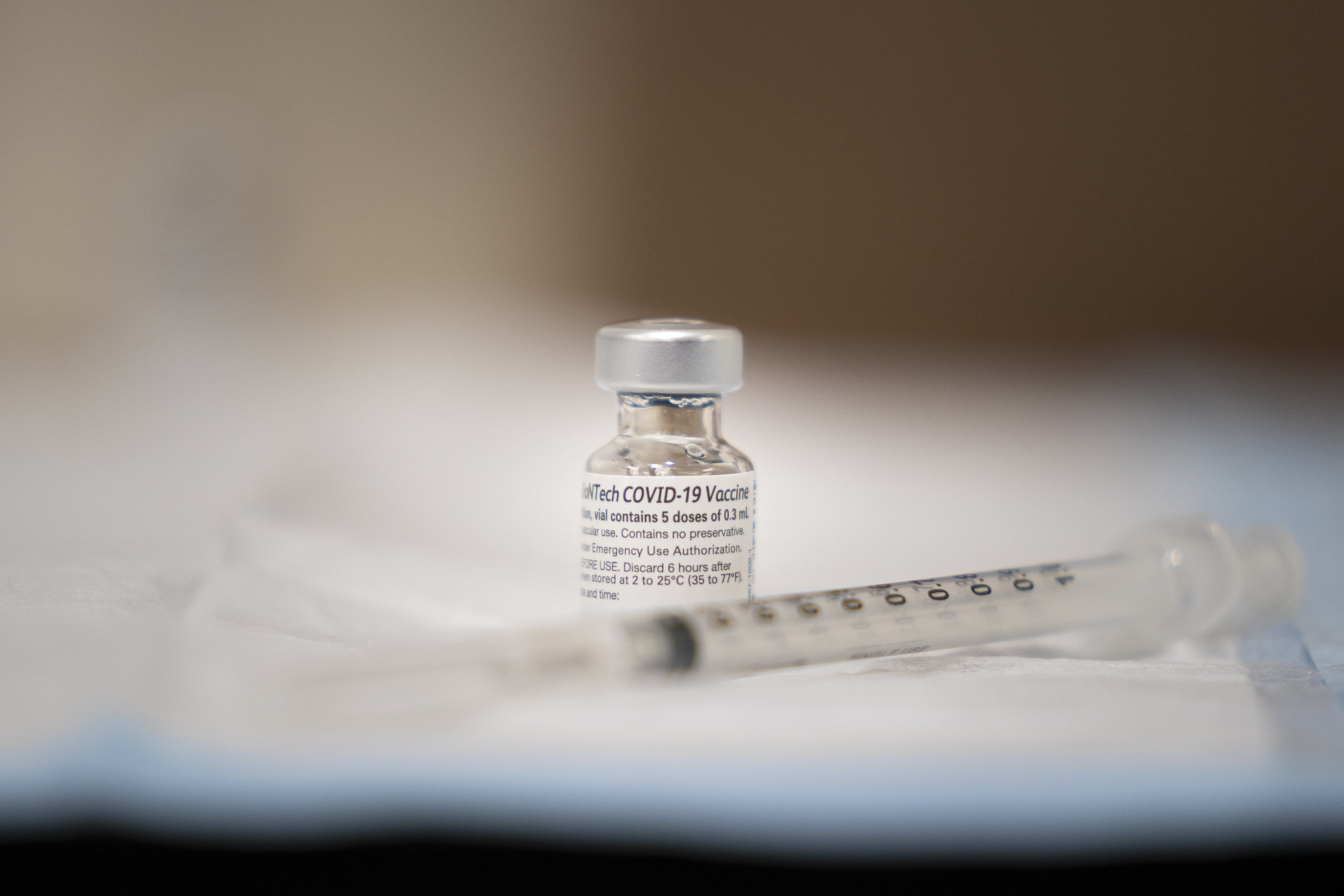
UCLA to lead CDC-funded study testing effectiveness of vaccines on health workers
Researchers will study vaccinated and non-vaccinated health workers who get tested for the virus after experiencing common COVID-19 symptoms like fever, cough or a loss of sense of taste or smell. They will compare the incidence of positive tests and severity of illness in those who test positive.
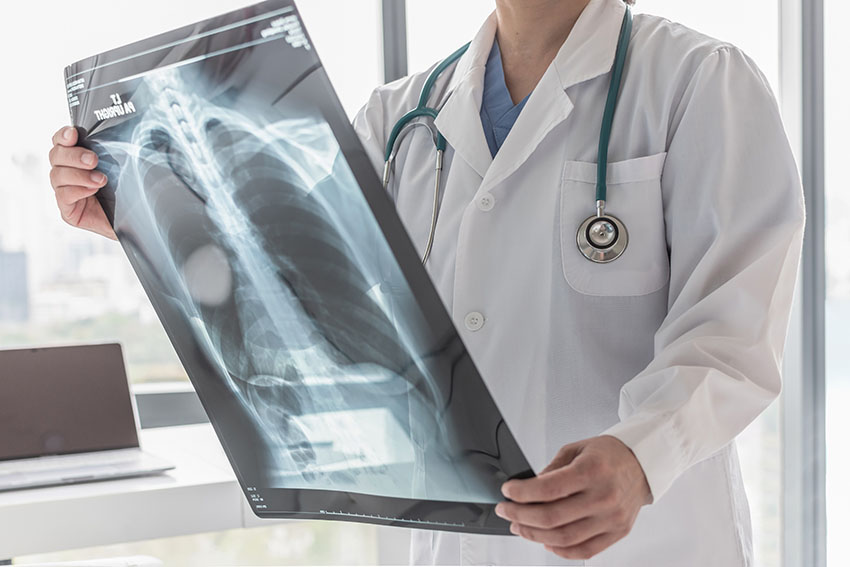
Study Identifies Concerning Delays in TB Diagnoses in the United States
Most delays ranged between 10 and 45 days, with a median of 24 days, after a visit to a doctor, which exceeds current World Health Organization recommendations of diagnosing and treating TB within two to three weeks of symptom onset
Delays were linked to greater risk for disease complications, transmission of infection to household members
Older individuals and those with compromised immunity were at greater risk for delayed diagnoses
Use of diagnostic molecular testing, use of chest imaging and being seen by a specialist were all linked to more prompt identification of TB infection, suggesting delays may be preventable
Findings underscore the need to increase awareness of TB among frontline clinicians who may not suspect TB due to rarity of infection in this country
Certain Mouthwashes Might Stop COVID-19 Virus Transmission
Researchers at Rutgers School of Dental Medicine have found evidence that two types of mouthwash disrupt the COVID-19 virus under laboratory conditions, halting its ability to replicate in a human cell.
New Study Shows How Mutations in SARS-CoV-2 Allow the Virus to Evade Immune System Defenses
Research reveals how mutated SARS-CoV-2 evades immune system defenses
In lab-dish experiments, the mutant virus escaped antibodies from the plasma of
COVID-19 survivors as well as pharmaceutical-grade antibodies
Mutations arose in an immunocompromised patient with chronic SARS-CoV-2 infection
Patient-derived virus harbored structural changes now seen cropping up independently in samples across the globe
Findings underscore the need for better genomic surveillance to keep track of emerging variants
Results highlight importance of therapies aimed at multiple targets on SARS-CoV-2 to minimize risk of resistance
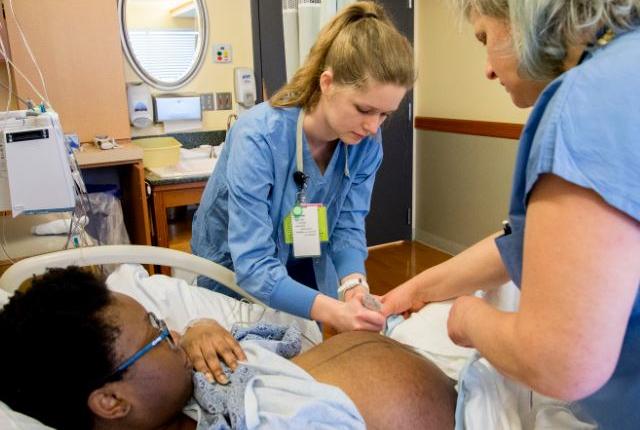
Study: COVID-19 infection rates high in pregnant women
The study also showed that the number of COVID-19 infections in pregnant patients from nearly all communities of color in Washington was high. There was a twofold to fourfold higher prevalence of pregnant patients with COVID-19 infections from communities of color than expected based on the race-ethnicity distribution of pregnant women in Washington in 2018.
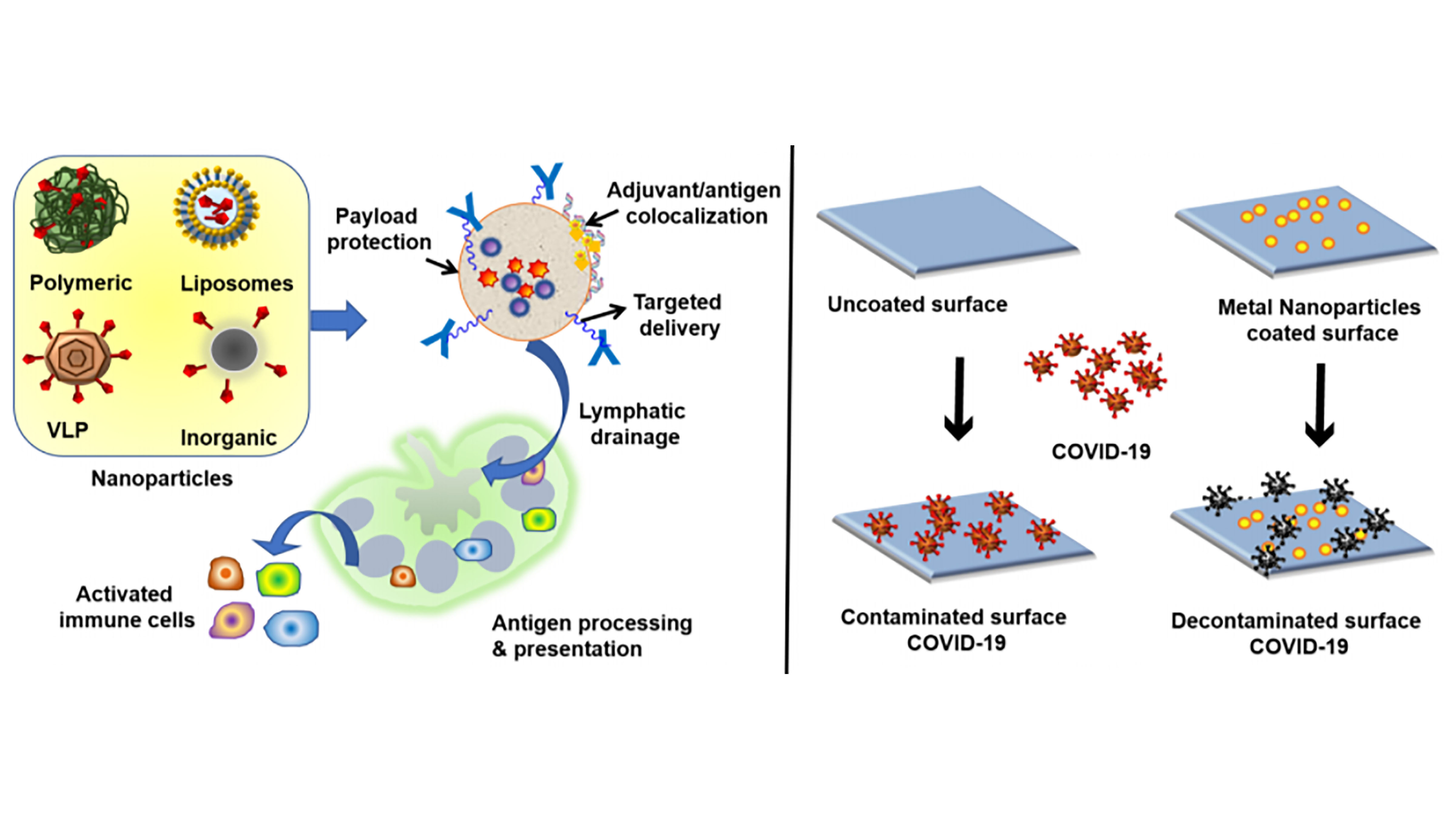
Biomaterials Could Mean Better Vaccines, Virus-Fighting Surfaces
Advances in the fields of biomaterials and nanotechnology could lead to big breakthroughs in the fight against dangerous viruses like the novel coronavirus that causes COVID-19. In APL Bioengineering, researchers from the Indian Institute of Science describe possibilities being explored by scientists, combining biomaterials and nanotechnology, to make vaccines more effective and build surfaces that could fight and kill viruses on their own.

Iron-Carrying Extracellular Vesicles are Key to Respiratory Viral-Bacterial Coinfection
The finding can offer a new way for creating therapies to prevent secondary bacterial infections.
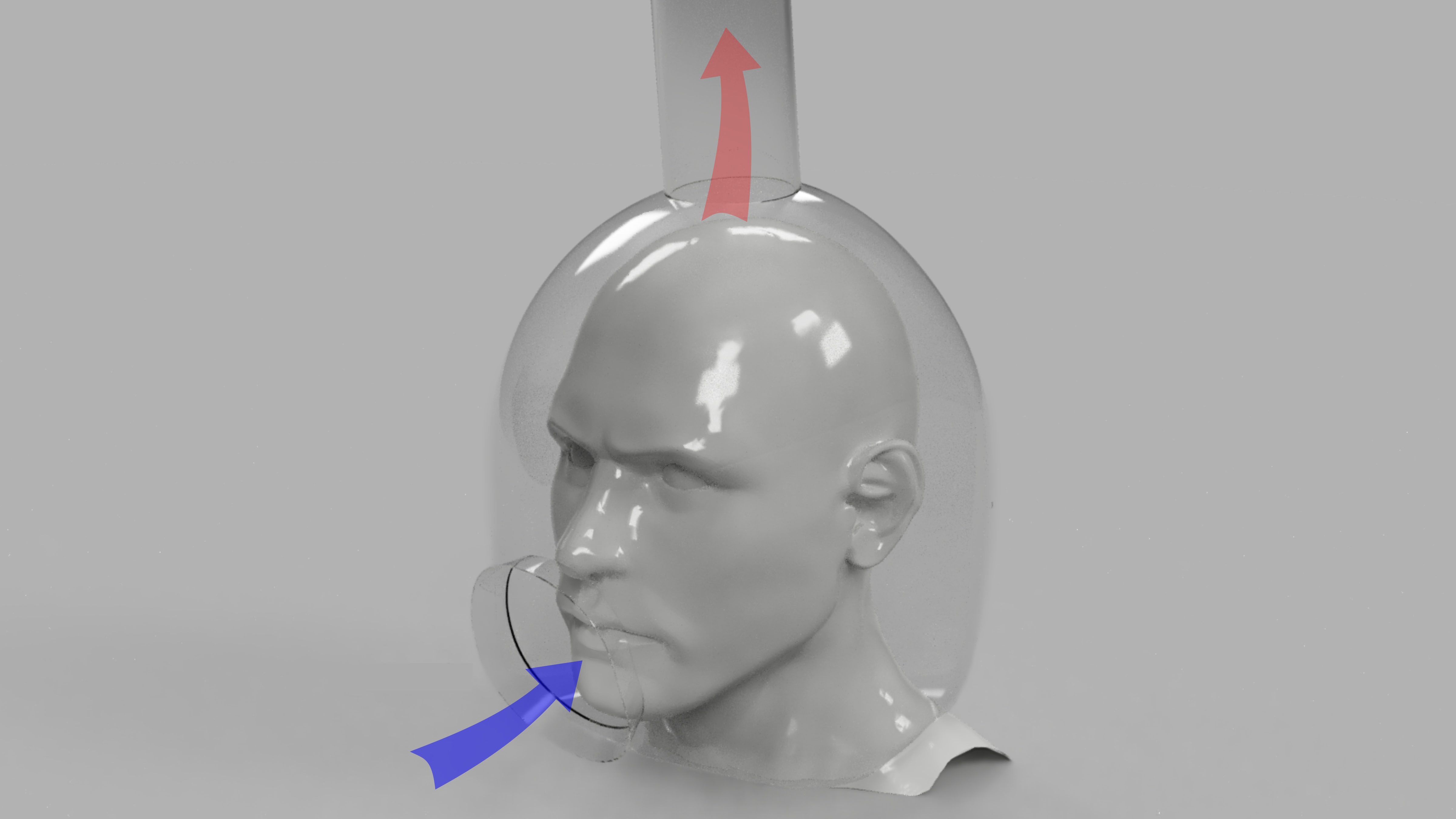
Disposable Helmet Retains Cough Droplets, Minimizes Transmission to Dentists, Otolaryngologists
Dentists and otolaryngologists are at particular risk of infection of COVID-19, since they need direct access to the mouth, nose, and throat of patients. The current solutions are expensive, not highly effective, and not very accessible. In Physics of Fluids, researchers discuss their design of an open-faced helmet for patient use that is connected to a medical-grade air filtration pump from the top that creates a reverse flow of air to prevent cough droplets from exiting the helmet.
Scientists develop hydrophobic coating to prevent infections
Published in ACS Applied Materials and Interfaces, the study examined how an innovative coating UGA scientists developed can prevent liquids like water and blood from sticking onto surfaces. The researchers also found that the liquid-repellant coating can kill bacteria and halt blood clot formation on an object’s surface.
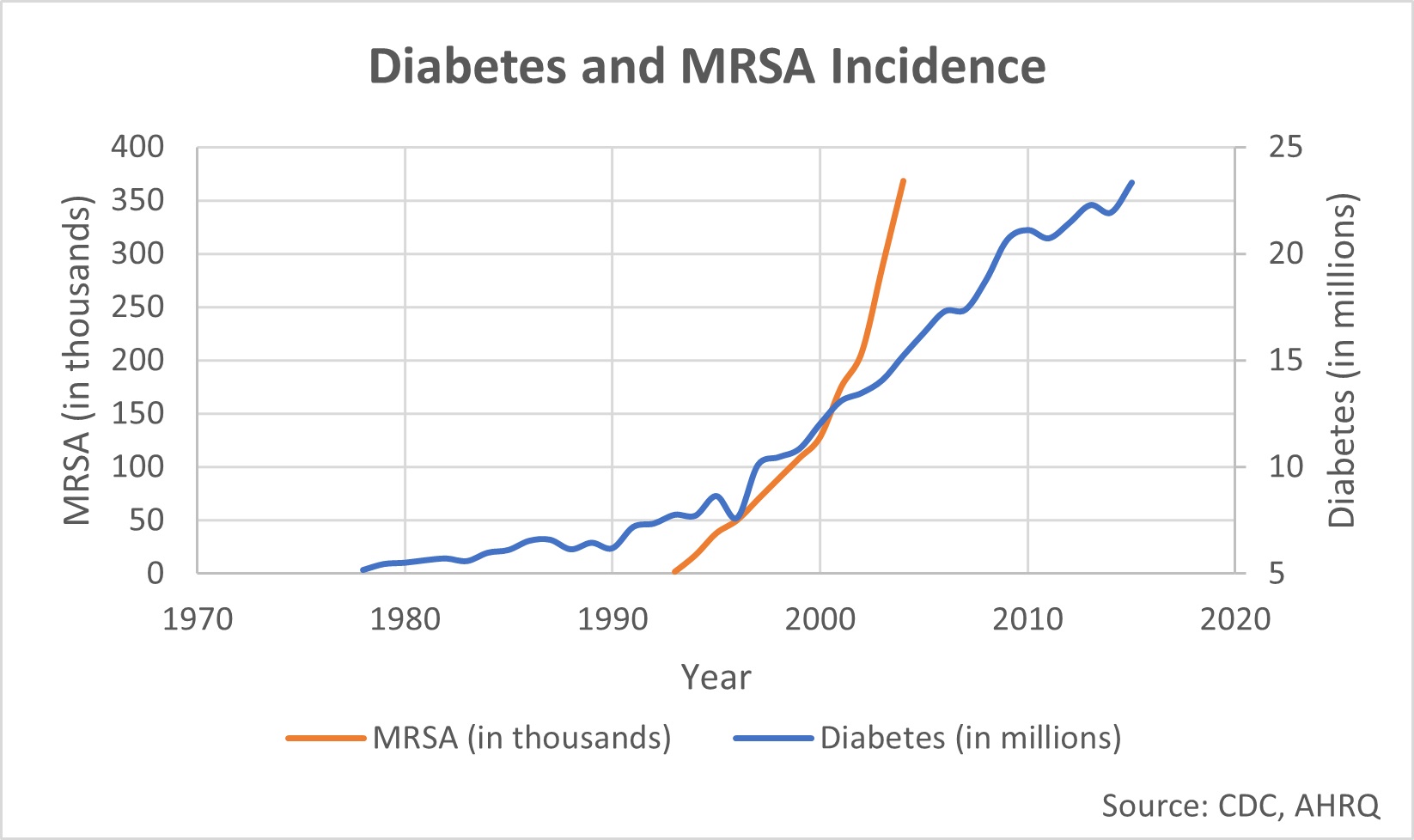
Pitt Scientists Discover Secret to Superbug’s Virulence in Diabetic Infections
The bodies of people with uncontrolled diabetes appear to be the perfect environment for a common type of superbug to thrive unchecked and do its worst damage, according to new research by University of Pittsburgh School of Medicine scientists.

Interactions Within Larger Social Groups Can Cause Tipping Points in Contagion Flow
Contagion processes, such as opinion formation or disease spread, can reach a tipping point, where the contagion either rapidly spreads or dies out. When modeling these processes, it is difficult to capture this complex transition. In the journal Chaos, researchers studied the parameters of these transitions by including three-person group interactions in a contagion model called the susceptible-infected-susceptible model. In this model, an infected person who recovers from an infection can be reinfected.
Researchers create a tool that can pull an elusive COVID-19 marker from human blood
Researchers at Canada’s McMaster University and SQI Diagnostics have created a surface that repels every other element of human blood except a critical indicator of infection, opening a timely window for understanding the progress of COVID-19 in individual patients.
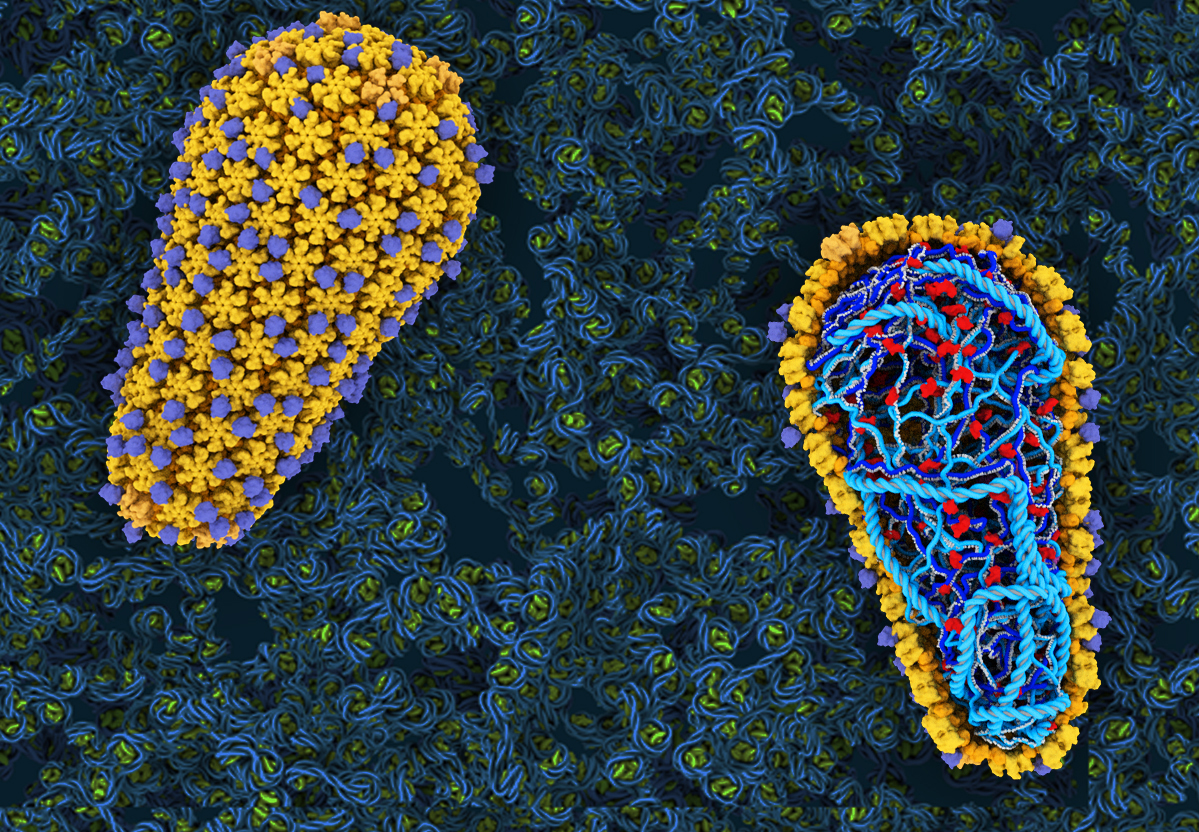
HIV Up Close: Unprecedented View of Virus Reveals Essential Steps for Causing AIDS
Accomplishing a feat that had been a pipe dream for decades, scientists at University of Utah Health and University of Virginia have recreated in a test tube the first steps of infection by HIV (human immunodeficiency virus), the virus that causes AIDS (acquired immunodeficiency syndrome). Doing so has provided up-close access to the virus—which is otherwise obstructed from view deep within the cell—and enabled identification of essential components that HIV needs to replicate within its human host. The research publishes in the journal, Cell.